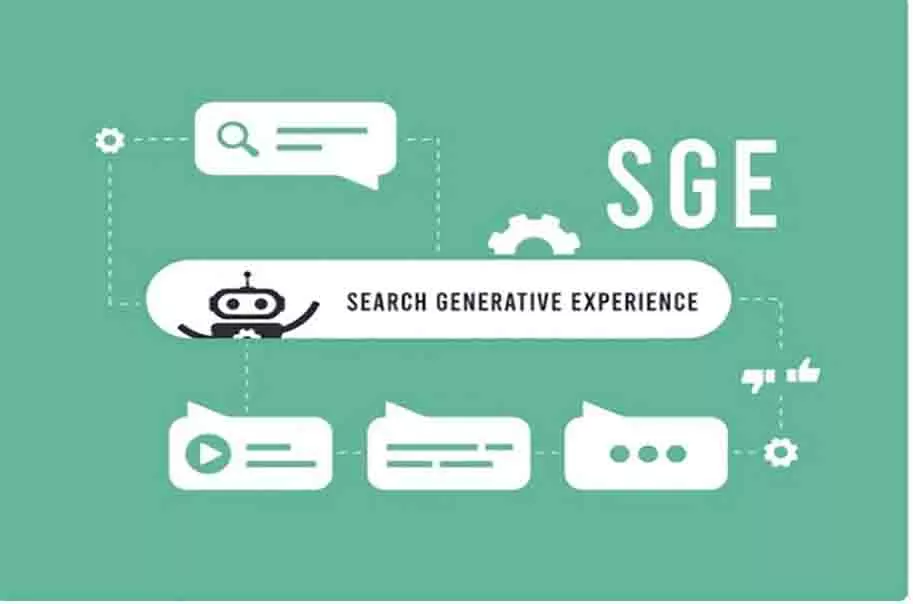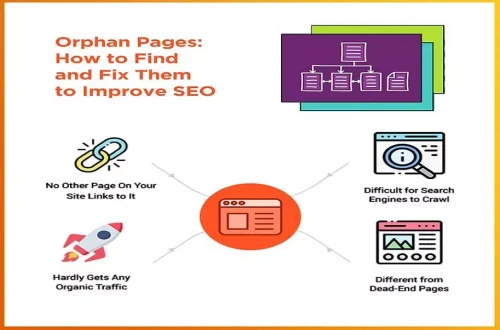Search Generative Experience (SGE) is transforming the way search engines provide results to their users and how businesses optimize for visibility online. This AI-powered evolution of search differs from the keyword-based model that dominated search, making it more contextual, user-specific, and engaging. The business imperative is to learn about the mechanics of SGE and set its SEO strategies right to stay relevant in a rapidly changing digital ecosystem.
What is SGE, and How Does It Differ from Traditional SEO?
By pushing advanced AI technologies such as NLP and deep learning, SGE in SEO tries to comprehend better what the user wants to be told about the query presented. It doesn’t stop there; the results are highly personalised and contextually relevant. Unlike traditional search engines, SGE AI in search curates responses that bring together all kinds of information concisely and interestingly.
For example, while a user might search for “best laptops for video editing,” SGE would render that to not just links to retailers or product pages but a summary of the best options for the user, with key features about each laptop and links to even more in-depth product reviews and buying guides-all within the search results page itself.
Here are a few key differences between them:
| Feature | Traditional Search | Search Generative Experience (SGE) |
| Approach | Keyword matching | Intent and context-based responses |
| Personalisation | The standard for all users | Tailored for individual preferences |
| Result Format | Clickable links | Comprehensive summaries |
| Content Types | Text-based | Text, images, and multimedia integration |
This shift from keyword-based search results to AI-driven, human-centric experiences heralds a significant change in the search landscape. Therefore, SEO professionals are challenged to rethink their strategies to become visible, bearing this new SEO update in mind.
How Does SGE Affect SEO?
The onset of SGE in SEO also proved to impact SEO strategies. Conventional SEO techniques will need to change with search engines’ efforts to improve their understanding of natural language and intent.
- Lesser Click-Through Rates (CTR)
One of the most immediate effects of SGE in SEO is a diminution in organic click-through rates. With SGE offering that answer on the search results page, the consumer might find it no longer necessary to click through that website link to have her question answered. For instance, if a user is looking for “how to lessen my carbon footprint,” SGE can provide an integrated summary that contains suggestions, recommended products, and links- all of which the user does not have to click elsewhere to access.
In response to this shift, SEO experts must produce content that urges users to consume or engage with the website further. This might be through creating better meta descriptions, engaging calls to action, and optimising landing pages for higher engagement.
- Transition to Semantic Search
The advent of SGE generative AI in search has shifted from keyword matching based on word-by-word to semantic understanding. This shows that the nature of search is not about making the search engine understand the words used but the intent. Therefore, this shift calls for adapting the SEO strategy from the specificity of keywords alone to the general context and subsidiary topics.
For instance, a question now might be responded to with a mix of kinds of different smoothies, benefits of the ingredients, and recipes that are then all intricately incorporated into a conversational and user-friendly summary for answering “how to make a smoothie healthy”.
- The Demand for Quality, Original Content
SGE in SEO pays more attention to high-quality content that answers a user’s actual inquiry. The better-organized, thorough, reliable, and authoritative content is intended to rank higher in the results provided in SGE. SEO experts should focus on creating longer and more comprehensive content. This means it is time for more long-form articles, guides, and resources that respond to a user’s question from multiple angles. - Emergence of Multimedia SEO
SGE uses multiple forms of content, such as text, pictures, videos, and even interactive material. Sites with photographs, videos, and interactive aspects rank higher in SGE. It forces businesses to break free from using text-based-only content and start coming up with richer, more engaging and shareable material.
For example, a recipe website may add tutorial videos or infographics that heighten the user’s understanding of the process, thus making content more valuable and discoverable in SGE.
How do you rank on the Search Generative Experience?
Ranking well in SGE generative AI in search requires aligning one’s SEO strategy with the needs of how Google’s artificial intelligence drives the search.
- User Intent
One needs to understand the user’s intent to start optimising for SGE in SEO. It’s more than finding keywords; it’s about interpreting the overall question asked. Businesses need to look forward to directly answering questions from users where they deploy natural language and conversational language in line with user needs.
Tools like Google’s “People Also Ask” feature and platforms like AnswerThePublic will significantly give businesses insight into what people ask about specific topics. Therefore, companies can shape their content based on what people ask the most.
- Topic clusters and Pillar pages
SGE would like content organised around topic clusters. It is a group of related articles covering aspects of a broader topic, all connected to a central pillar page. For instance, a pillar page centred on “sustainable living” may reference several articles regarding eco-friendly products, energy-efficient homes, and zero-waste practices.
This organisation helps SGE link relevant content, which allows the AI to better grasp a website’s depth and breadth of knowledge about a topic.
- Optimise for Semantic Search and Conversational Keywords
Semantic SEO must be applied if a company hopes to rank high in search using search generative experience. This means writing content that answers specific user queries in an organic, natural voice. Target related concepts, not singular keywords, and write to answer deeper questions. Jumble in long-tail keywords with natural phrasing for how users are searching today. - Structured Data and Schema Markup
Now, schema markup, also known as structured data, is a factor when it comes to optimising SGE. In a nutshell, this markup informs search engines better about your content so that SGE can easily incorporate it into its responses. Rich snippets, such as product reviews, FAQs, and event listings, help SGE pull out pieces of content that would help it increase visibility on the search results page. - Multi-media for Increasing Engagement
Companies should diversify their content because search generative experience utilises many content types. Besides making content more evocative, including videos and images in infographics raises its chances of appearing in the results of SGE. For example, a blog post could be accompanied by a video that explains step-by-step how to prepare a recipe, which may appear in search results with a video thumbnail aside from increasing its chance of being shared.
The search generative experience, or SGE, is tomorrow’s search engine. It’s about user intent, content relevance, and conversational search—the priority for any search. To keep abreast of this changing landscape, businesses must adapt their SEO strategies to meet the need for high-quality, authoritative content, semantic search, and diverse media formats. Businesses will ensure their place and relevance in this fast-evolving digital landscape if they only have a basic understanding of SGE in SEO and leverage AI-driven strategies.
Are you ready to revolutionise your SEO strategy and shine in the SGE world? Optimise now to ensure your brand thrives in the future of search.




